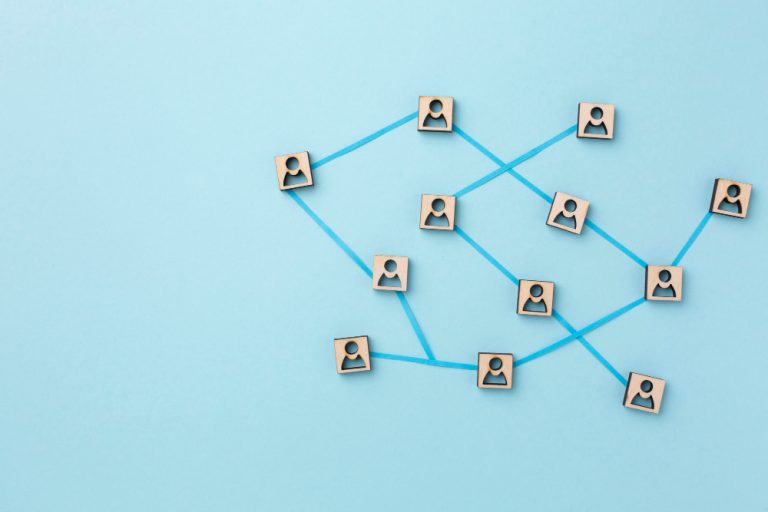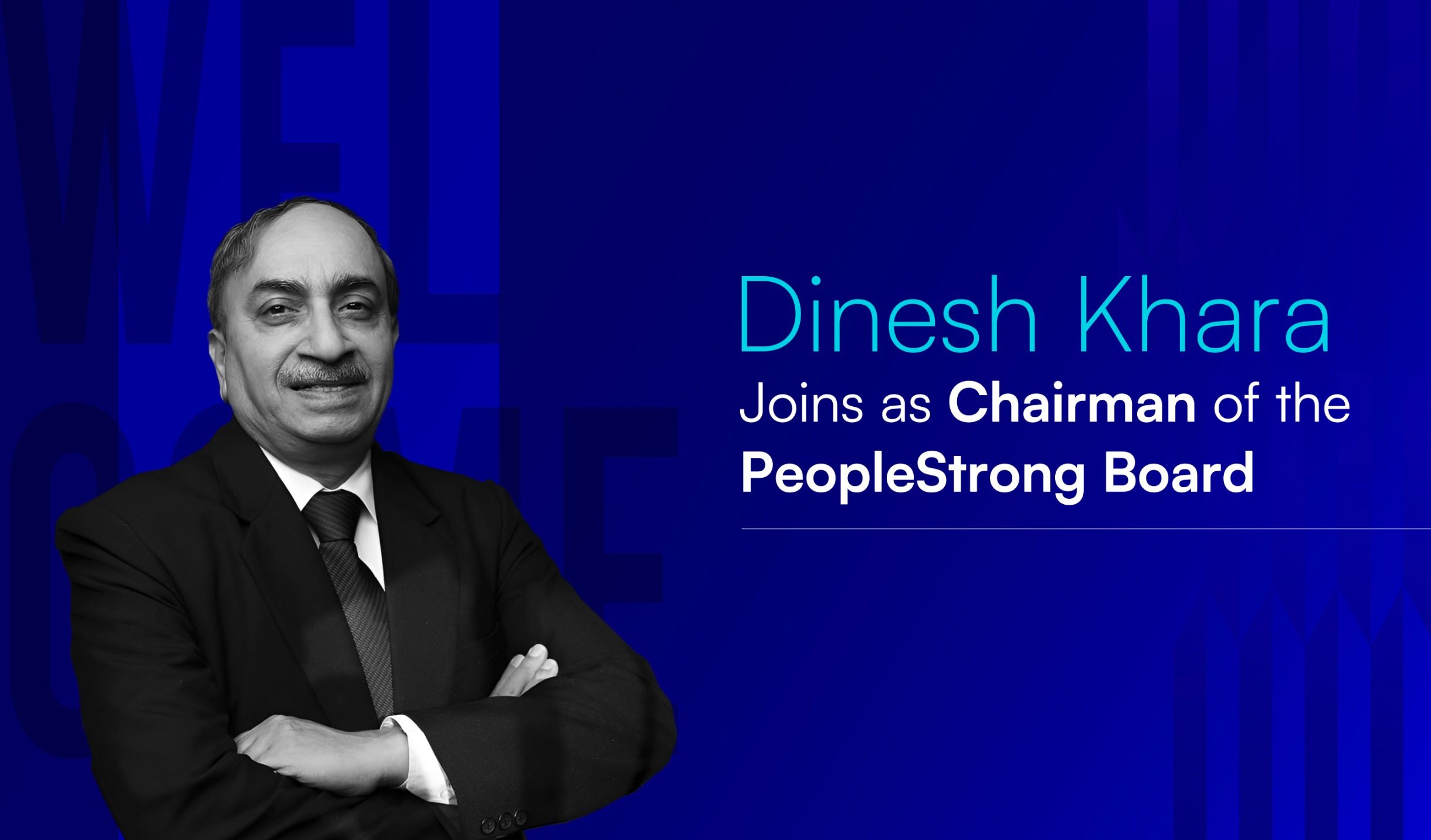The onset and upsurge of the Coronavirus pandemic was just the beginning of the economy spiraling. While all the sectors of business suffered, the manufacturing industry incurred substantial damages due to the nature of the operations, which is labour intensive. With safety protocols, lockdowns, wage cuts, and layoffs being highlights of the year 2020-21 in the manufacturing sector, attempts at recovery are being made. However, the way things worked before seems obsolete due to the systems being put in place to deal with the “new normal”.
In the past year, we found a reinvigorated reliance on technology, which is still upholding most of our national and global business operations. Without the help of technology on the human resources front, the workforce may have collapsed with no structure to help them operate during an emergency situation like a pandemic. The Reserve Bank of India (RBI) further expects India’s GDP to contract by around 8 percent, per International Monetary Fund (IMF) estimates. Perhaps, the budget of the current FY 2021-22 has put the manufacturing industry into focus o bring back our economy on track. Promoting the integration of technology and digitization is one of the steps that will help us adapt to the new way of operations.
To keep up with the changes that the manufacturing industry faces currently and post COVID-19, it is highly important that we take stock of what the future holds and adapt accordingly.
In this blog, we will discuss what we expect to witness when it comes to changes in the HR tech of manufacturing sector organizations.
- 1. Automation of HR processes with Machine Intelligence: Organizations are adapting to the new virtual working mode and are evolving by embracing the latest tech assistance for more efficient ways to improve their productivity and operations. In tandem with the other sectors, the manufacturing industry, too, is taking initiatives to arm itself with the technologically advanced tools required to make a successful recovery. This consists of integrating new tech and skills such as automation, Artificial Intelligence (AI), the Internet of Things (IoT), and Machine Learning (ML).
Technologies today are catalysts that have pushed to transform Human Resources into business enablers instead of simply being supporters. Today’s software market has several analytics tools that could help the HR find insights on employee-related subjects and trends, which are already in use but now play an even more vital role due to the lockdown. Today, the Human Resources teams throughout industries are employing the assistance of various tools to carry out remote tasks such as recruiting, training, or even payroll. Technology has been supporting the HR departments to evolve from instruction followers to strategic thinkers.
With technology reforging boundaries, the way things work in HR operations has also been subject to change. For instance, the backend processes are now automated with the help of a work-life management system while repeated tasks are bundled. However, there’s a laser focus on identifying redundant tasks that human workforces can do away with by introducing technological assistance.
- 2. Performance Management and Collaboration: For manufacturers to release successful products in the market, they need to stick to highly stressful and rigid timelines. With a tight and strict schedule, there is little to no wiggle room for delays and downtime. In the manufacturing industry, performance is directly related to costs of production, time, and product quality. As a result, the performance of such operations needs to be controlled. Manufacturers that fail to meet their processes timelines stand a greater chance to lose millions of dollars in terms of profits as well as revenue.
Such a traditional iron-fist of control gives companies no space to adjust their scopes or make improvements as the projects are in progress. Most of such operations run on a pre-determined strategy. The problem with such a style of execution is that it is less likely to show flexibility if new data emerges or when changes are imperative.
Given the current market scenario, this challenge can be highly constricting. To move to the future without such bottlenecks ruining the productivity and quality of projects, employing the help of a third-party system with expertise in performance management is the need of the hour. Not only will organizations be able to monitor all the processes in real-time, but also access reports that show them the actionable insights with subject to potential projections. A performance management platform is agile and will help a manufacturing organization stay flexible without compromising on its timelines.
- 3. Artificial Intelligence will be Predominantly Used to Recruit Talent: In the last year, we have witnessed a significant shift in the way companies recruit their new staff. Personal interviews at physical offices have been changed into a virtual recruitment process. To make up for the loss of physical presence, video calls on platforms such as Zoom or Skype have taken over, while vetting of documents and credentials is done by scanning digital copies of the same. With regulations enforcing lockdowns, the hiring circuit will continue functioning virtually while the current crisis prevails. In our opinion, there is no going back to the old ways, since the world discovered working from home and virtually is more cost-efficient and productive. “If one is not agile, then, unfortunately, resources will run into the risk of turning obsolete,” says Aditi Pareek, HR Head of Pepperfry. Adapting to newer systems such as virtual interviews and online tests will be predominant in this decade over the traditional methodology of recruitment.
There are several AI-based tools available that make the selection process more streamlined and effective. There are also third-party recruiting systems available to do the job for organizations, with just as much success, if not more. Since the courtship of a prospective recruit spells beyond what has been written on the resume and what the job demands. Companies look for a connection in the personality, aptitude, and values of a candidate. AI-based HR tools help them turn this process smoother by sorting hundreds of resumes using keywords and saving time.
- 4. Adaptive Learning Systems for Upskilling Talented Employees: Promoting an uplifting work environment while upgrading employees’ knowledge has always been prime aspects of focus across the majority of the HR operations.
Reskilling and upskilling not only helps employees adapt to present trends and technologies but also helps them evolve personally. Every employee has their own goals and aspirations and finds a job more satisfying when the employer helps them upgrade themselves. Inculcating an open and people-centric work environment where the employees’ values and goals are respected, and a mutual attitude of appreciation exists is more beneficial for productive results than ever before.
Employee retention is a critical challenge that industries face today due to reasons such as global competition, better pay, and personal growth goals. Statistics state that more than two-thirds of the global workforce will include millennials by the year 2025. Millennials are a generation who value personal growth and are constantly on the lookout for better opportunities. Skill development and opportunity accessibility is a substantial driving factor to help retain the millennial employees. Integrating your organization’s training system with a learning and upskilling platform like Employee Training Management Software will help employees to climb the ladder of success internally. The workforce needs to be inspired to share their ideas and take steps that would benefit the organization in the long run. Every contribution matters as enthusiastic and loyal employees are an incredible resource for innovative ideas.
Conclusion
Technology in the economy, especially within the manufacturing and operations-based industries is redefining the future of how things work. To create the most favorable work environment and promote productivity in the current circumstances and post-pandemic, an amalgamation of digital assistance with human expertise backed by advanced technology is the need of the hour. By understanding such changes and transitioning into new technological innovations, better avenues can be birthed. The quicker industries adapt to the advanced trends and technologies, the more transformative a future they are promised.
Using the help of cloud-based unified enterprise solutions for various functions pertaining to the HR will help organizations stay updated with the times and a step ahead of their competitors. PeopleStrong is one such global contender that provides next-gen comprehensive HR tech to businesses of every industry and magnitude so that you can walk into the future on the slide of growth and success.






















